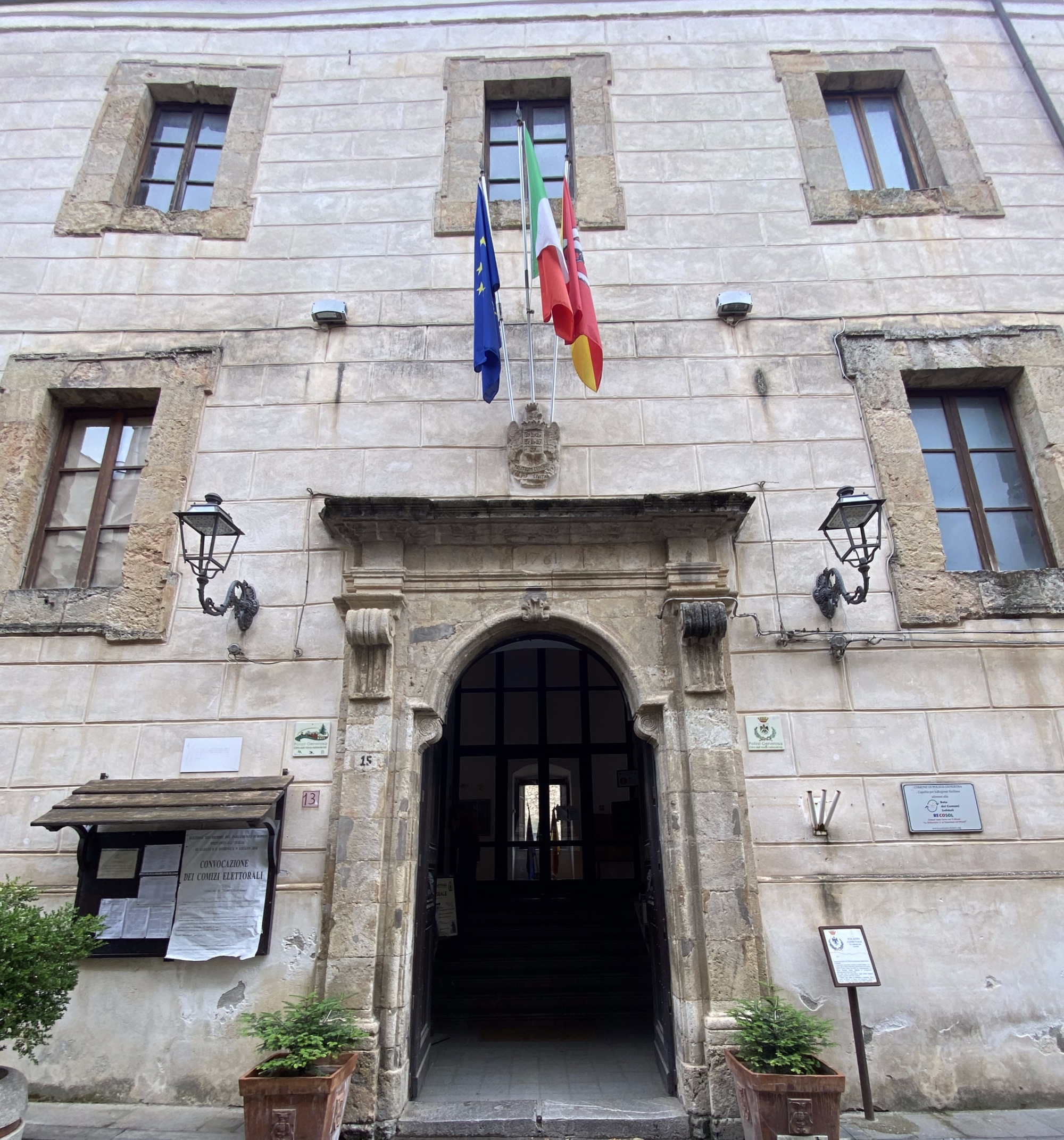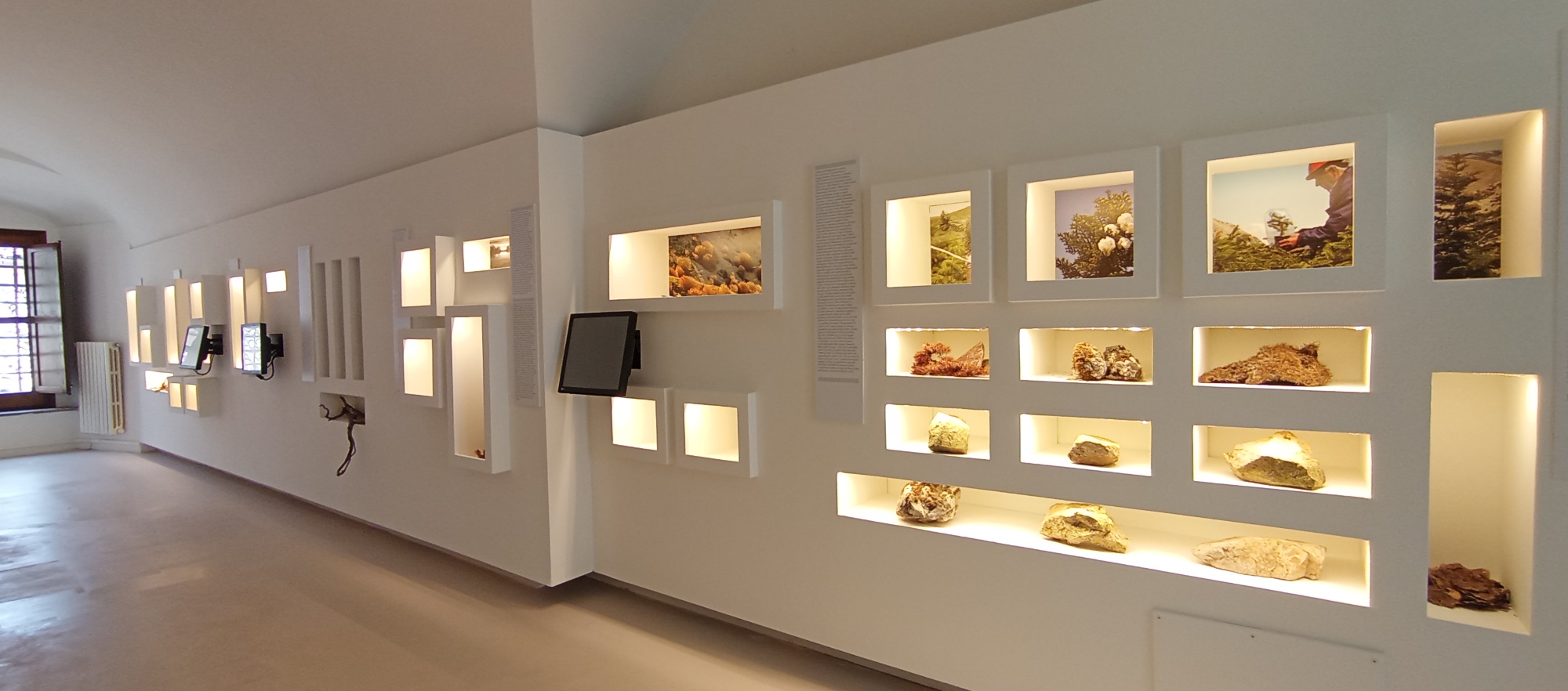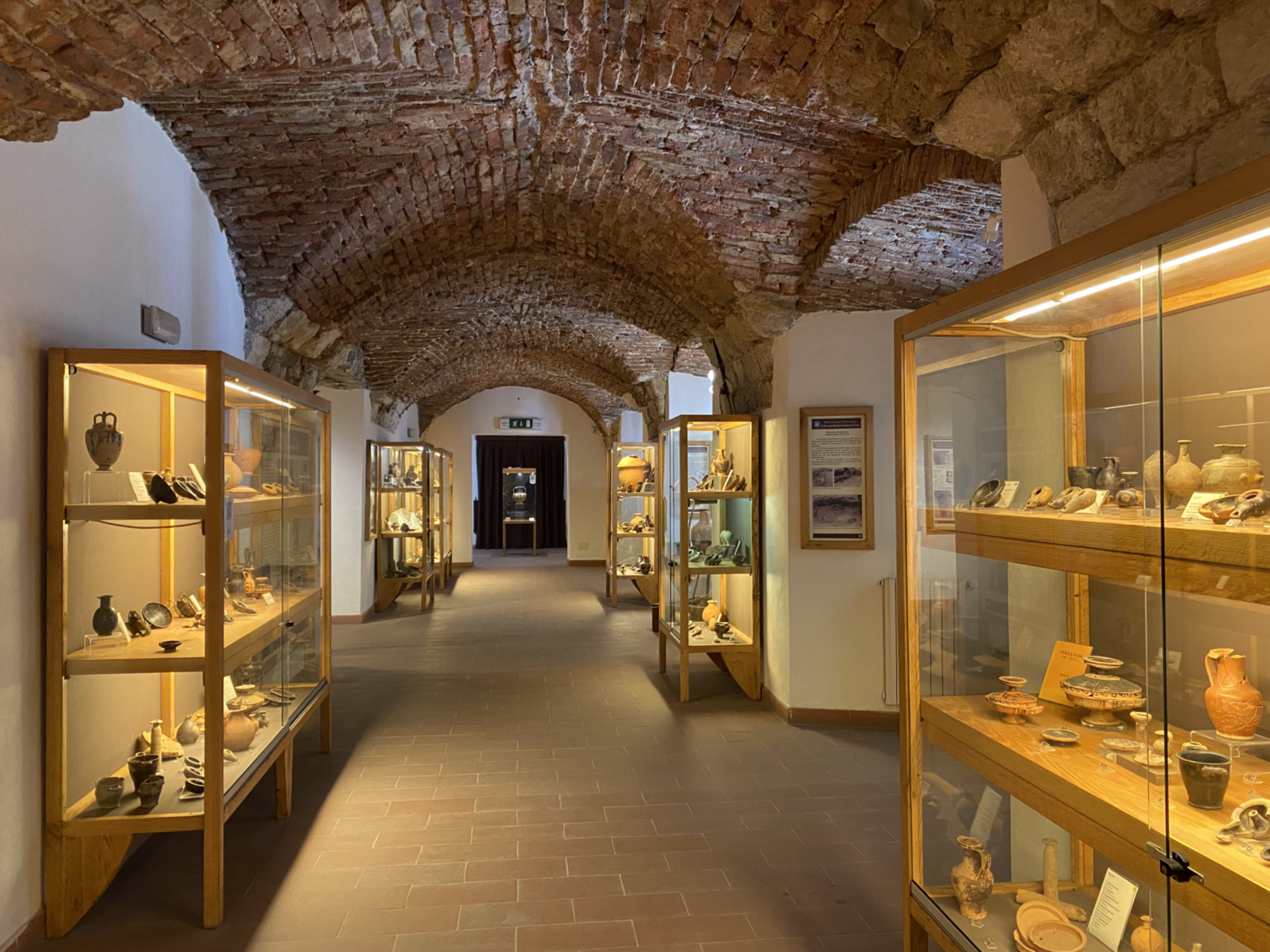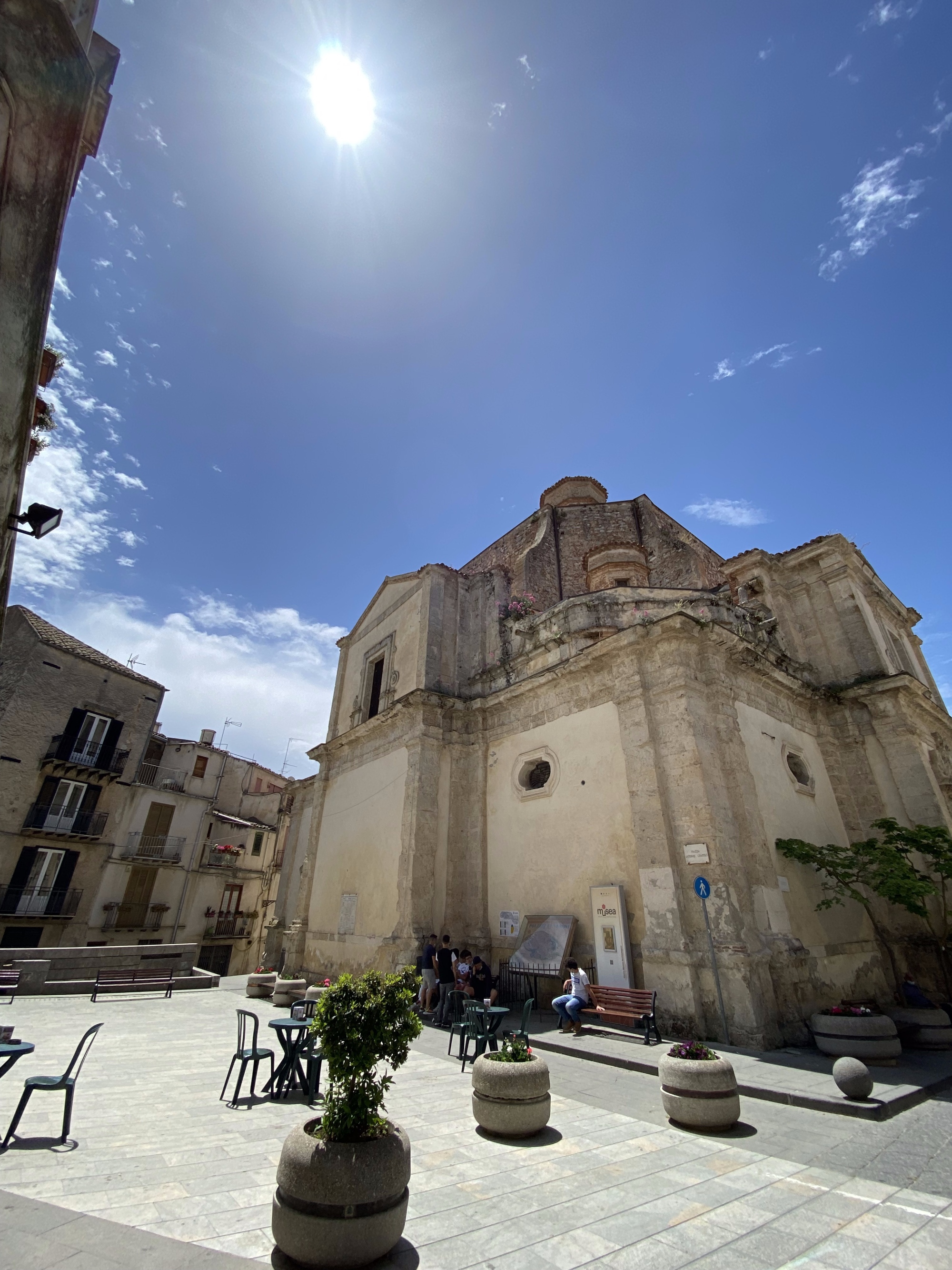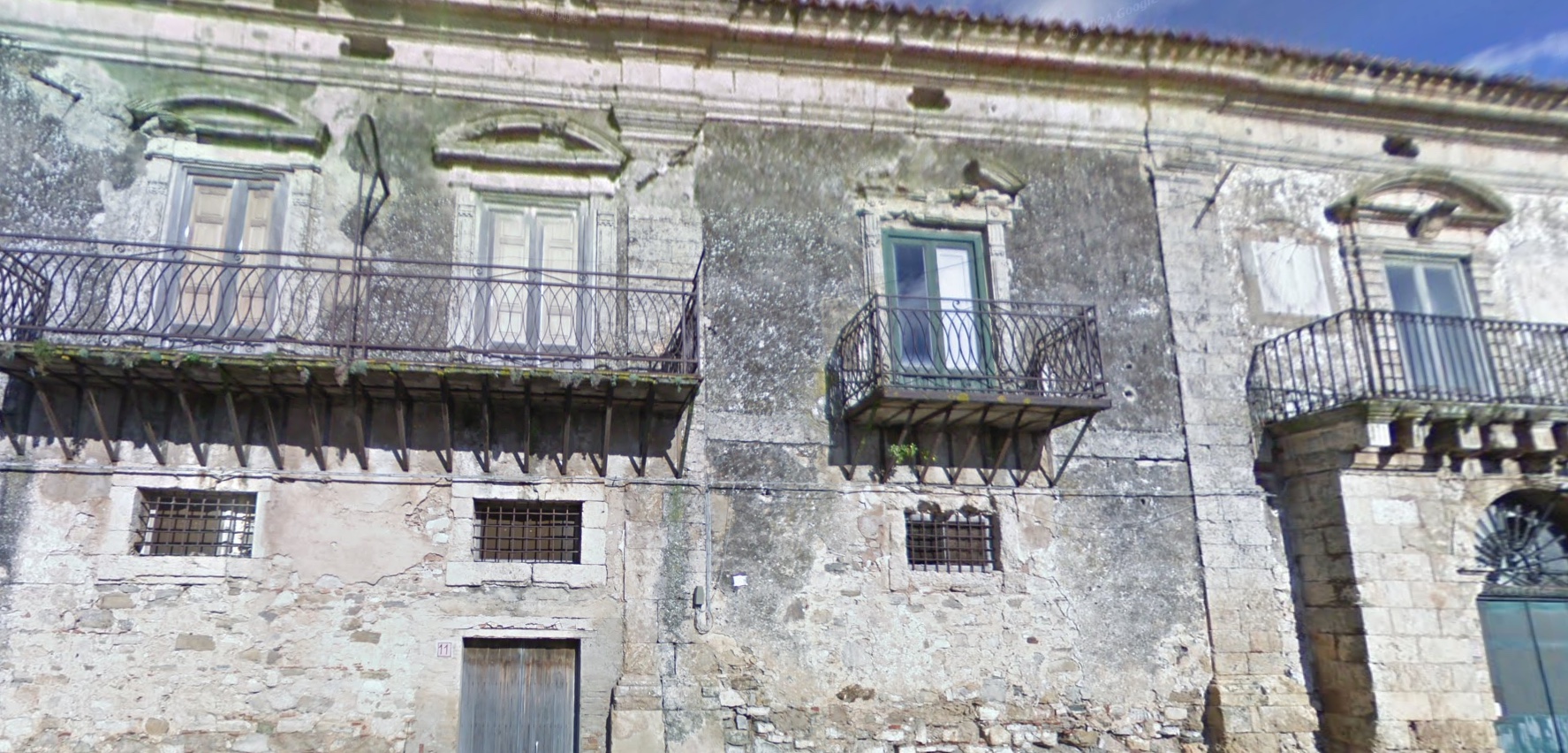The museum dedicated to the illustrious Cardinal from Pula, Mariano Rampolla del Tindaro, who would have been pope had he not been stopped by the veto of the Emperor of Austria.
The museum contains a carefully curated display of some important relics of the Cardinal, a key player of his time, and several other period documents where you can immerse yourself in a significant section of European history at the turn of the 19th and early 20th century. NOT TO BE MISSED
'Le Table Feret', an innovative school desk, a virtuoso example of design and the only model in Italy from 1891, designed to adapt to the physiological growth of schoolchildren and later of the owner in adulthood.
The Hall of Relics, dedicated to Cardinal Mariano Rampolla del Tindaro, was named after the prelate born in Polizzi Generosa on August 17, 1843, to Count Ignazio and Baroness Orsola Errante di Avanella, sister of the renowned historian and patriot Vincenzo Errante. It houses a vast collection of materials—previously unknown and belonging to private collectors—concerning the famous Secretary of State of Pope Leo XIII. Though he was prevented from becoming Pope due to the veto imposed by the Emperor of Austria, Rampolla distinguished himself in the fields of scholarship and patronage, also initiating significant innovations influenced by the Rerum Novarum.
A rich collection of period newspapers, which belonged to Commander Achille Rampolla del Tindaro, sheds light on the various press interpretations regarding the reasons for the veto. Also on display are two works by another illustrious son of Polizzi, G.A. Borgese—The Tragedy of Mayerling and The Archduke—both inspired by the suicide of Crown Prince Rudolf of Austria.
For a long time, the press and public opinion attributed Emperor Franz Joseph's resentment towards Cardinal Rampolla to that tragic event, claiming that the prelate had opposed religious funerals, which were then forbidden for suicides. However, the funeral did take place. In light of recently discovered documents, it is now clear that the veto was exclusively of a political nature.
The exhibited materials contribute to restoring historical truth and offer a deeper understanding of the prelate’s personality.
Among the valuable items is a set of plates adorned with the French fleur-de-lis and the cardinal’s coat of arms. These were specially commissioned by the French Ambassador from Ginori Doccia, the precursor of Richard Ginori, as a gift to the Cardinal—demonstrating the high esteem he enjoyed internationally. The plates were donated to the Museum by lawyer Nicola Gagliardo, a descendant of an old Polizzi family, along with other significant relics, including period photographs and reproductions of two portraits, the originals of which belong to the Gagliardo collection.
Architect Giada Gagliardo donated the little-known text of the Concordat negotiated by Cardinal Rampolla between the Vatican and Montenegro, further evidence of his remarkable diplomatic skills.
Lawyer Marco Gagliardo contributed a rare early publication by the Cardinal, as well as several important texts dedicated to him. Additionally, the Piedmontese Marquis Giuseppe Domenechi, who has distant roots in Polizzi, gifted the Cardinal’s red biretta, which he had received from a friend.
Among the tributes from fellow townspeople, the museum displays the Proceedings of the 1982 Polizzi Conference on Rampolla, curated by Don Calogero Cerami, as well as works by Celestina Salamone Cristodaro and Cara Aiosa. A rare engraving, commissioned by Monsignor Luigi Dominici, President of the Library, bears a dedication to the Cardinal as an "Amateur of Fine Arts."
This work was donated alongside numerous other materials, including a crystal flask adorned with gold coats of arms of the Rampolla and Errante families, by the current President of the Library, Professor Ida Rampolla del Tindaro. She also gifted an extremely rare artifact—the Table Féret, an unusual 19th-century school desk adjustable in height according to students' stature. This innovative piece anticipated many modern pedagogical and ergonomic theories and received awards and medals worldwide.
The Table Féret, which can also transform into a writing desk or lectern, was presented to the Cardinal by its creator, the Frenchman A. Féret, with a silver plaque dedication. This once again testifies to the esteem Rampolla enjoyed in academic and educational circles, an area he followed with great interest, even in Polizzi.
The Museum also houses important books, photographs, portraits, medals, and various objects loaned by an avid Polizzi-based collector, Engineer Salvatore Badagliacca. It also preserves a copy of the monumental biography Saint Melania the Younger, Roman Senator, authored by the Cardinal. In this study of the early centuries of Christianity, Rampolla demonstrates his profound historical and archaeological expertise. He personally donated the work to the Polizzi Library, inscribing it with a handwritten dedication: “To my beloved fellow citizens.”
Where
Via Garibaldi, 13 - Palazzo della Cultura, Polizzi Generosa
Opening days
Every day from 9 a.m. to 1 p.m. by appointment
Additional Info
Free admission

